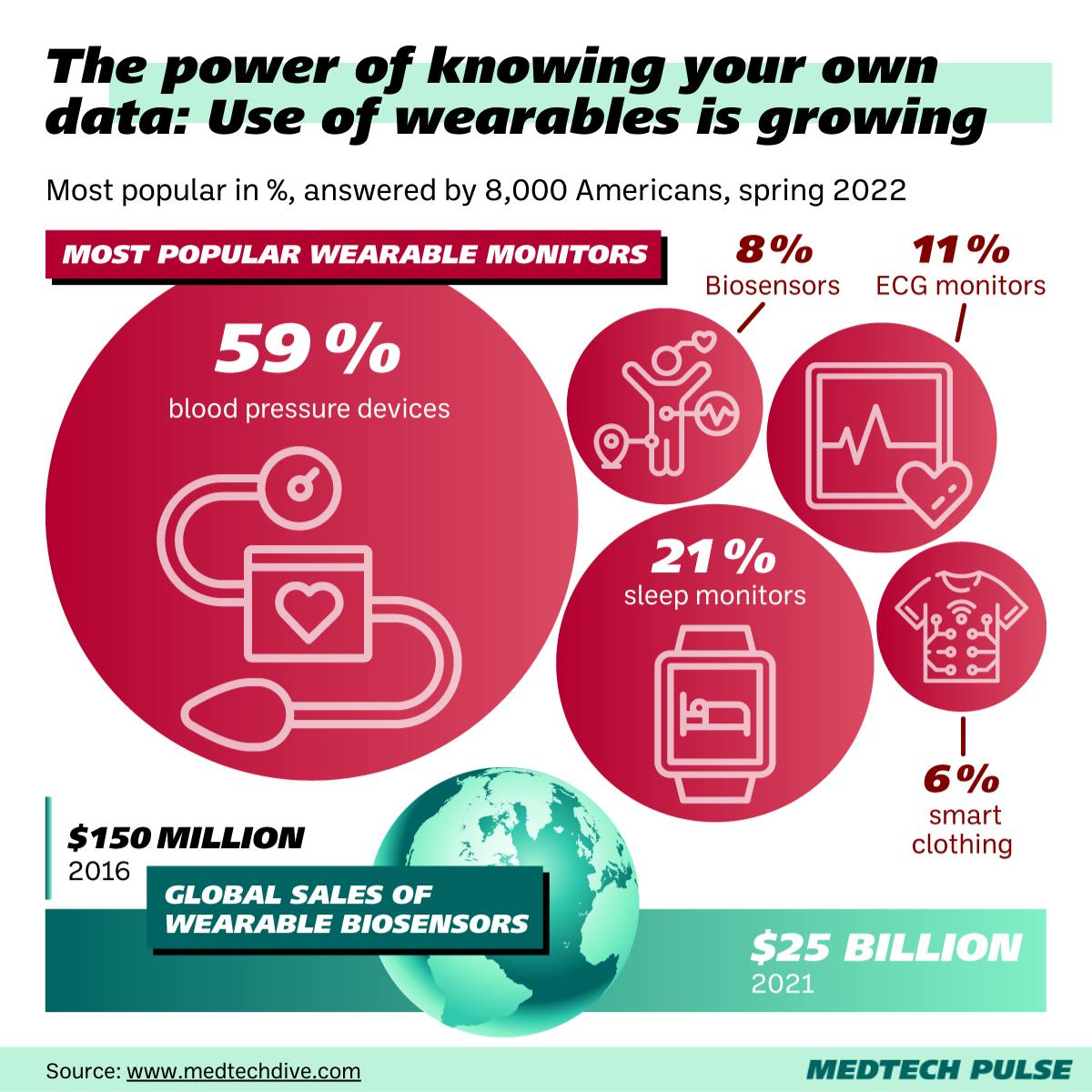As wearable use grows, a new form of intervention for sickle cell patients
Wearable manufacturer Biostrap and a team of researchers from Children’s Hospital Los Angeles (CHLA) have teamed up to develop a blood flow biomarker.
This biomarker, when implemented in a wrist-worn wearable, can help sickle cell disease (SCD) patients to detect when they’re likely to have a pain episode—even days in advance.
Treatment options for SCD patients are very limited: regular blood transfusions of bone marrow transplant. So, getting this kind of information into patients’ hands (or onto their wrists) is likely to be a key accessible preventive measure, helping keep patients out of the hospital.
Let’s take a look at how this device works—and what this collaboration indicates about the growth of wearable technology.
How will the device work?
Before this collaboration with Biostrap, the CHLA team spent years validating the idea that SCD patients’ pain crises are caused by vasoconstriction—or blood vessel narrowing.
They demonstrated that photoplethysmography (PPG)—a technique used in pulse oximetry to measure changes in blood volume—could be used to forecast these vasoconstriction episodes.
However, in the studies, they used devices that attach to the finger to take the PPG readings. As you can imagine, SCD patients couldn’t use that kind of device continuously.
“We needed something patients could wear outside of the hospital while having access to the raw blood flow data that we can download, run our own algorithm on and derive the parameter that we think is going to be predictive of pain,” CHLA hematologist Saranya Veluswamy said.
A wrist-mounted device, the researchers thought, might just do the trick—both collecing better data and, eventually, helping more SCD patients manage their conditions better.
Wearable companies other than Biostrap already use PPG to track variables other than the median magnitude of vasoconstriction (Mvasoc)—such as the Apple Watch. However, many wearable devices that collect PPG data discard much of it to increase customer usability, whereas Biostrap’s approach is to use “raw PPG as its superpower to help advance science,” according to the press release about the company’s collaboration with the CHLA team.
In other words, Biostrap’s approach to dat collection and storage is designed to optimize researchers’ ability to use that data.
The endless possibilities of wearables
Wearable use is growing rapidly.

As wearables become more widely available and adopted, the potential applications for both researchers and patients themselves to explore and discover are expanding.
Patients are getting access to technology that can help better manage conditions from sickle cell disease to diabetes. In fact, as we discussed in our DIY diabetes article earlier this year, in many cases, patients and users themselves are leading the charge to wield wearables for research and innovation.
And as wearables gain traction amongst clinicians, researchers, and chronic illness patients, they’re growing among the general population, too. (Admit it: you probably have one—or two—yourself.) With that popularity, wearable devices are increasingly being viewed as a key preventive health tool. Most of the Apple Watch’s advertising copy is grounded in its health benefits—ranging from fitness tracking to hearing protection to fall detection.
Of course, with the growth of this technology—and all the data it generates—our industry must also increase its vigilance around data privacy and security. While wearable data is not protected in the same way as health information under the law, that doesn’t mean we don’t owe patients that same level of care and stewardship for their information. And with the amount of information many wearables collect—it can get harder and harder to securely organize, store it, and ensure against unintentional disclosure.
As we’ve said before, we’re cautiously optimistic about the promises of the wearable-driven future of medtech. With these risks in mind, we believe it’s our duty to continue striving for increased access and adoption of these tools: for our collective healthier future.